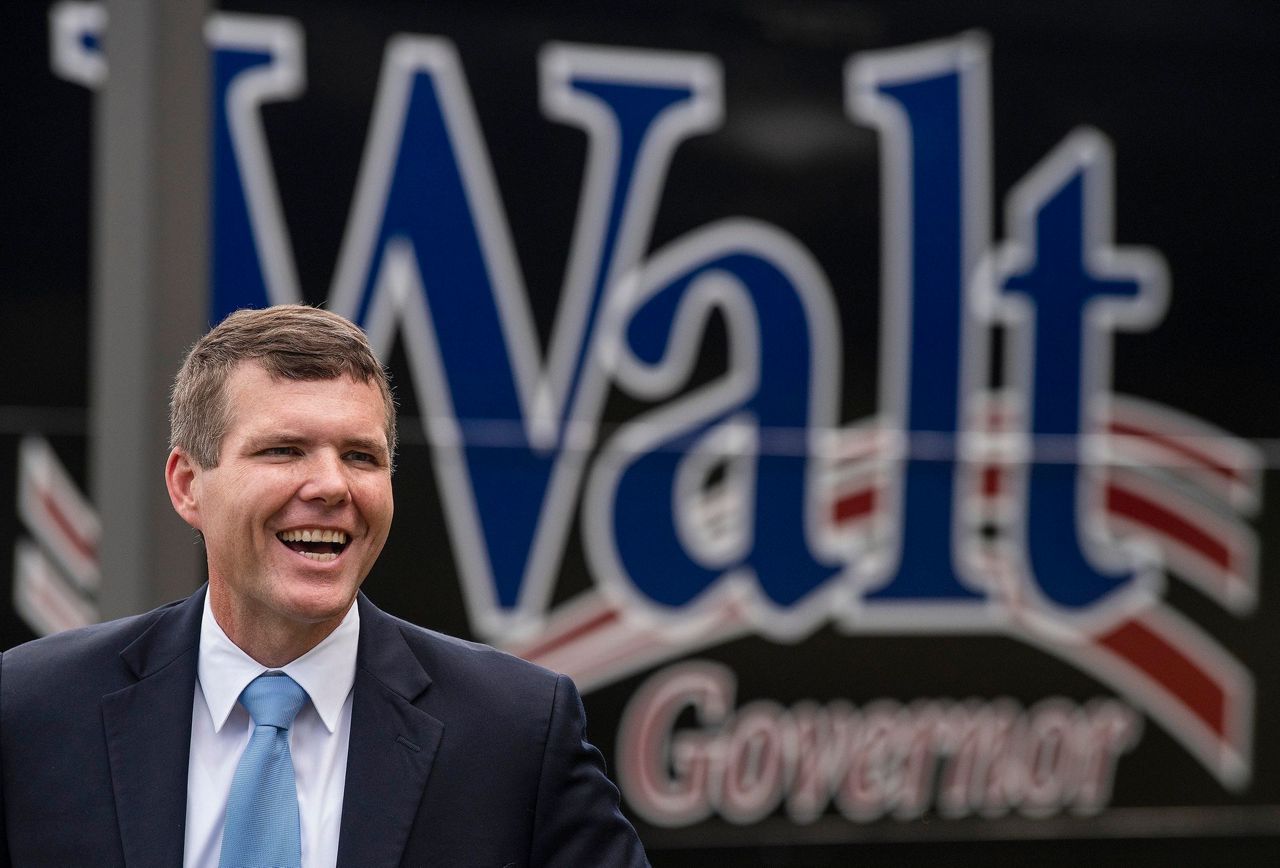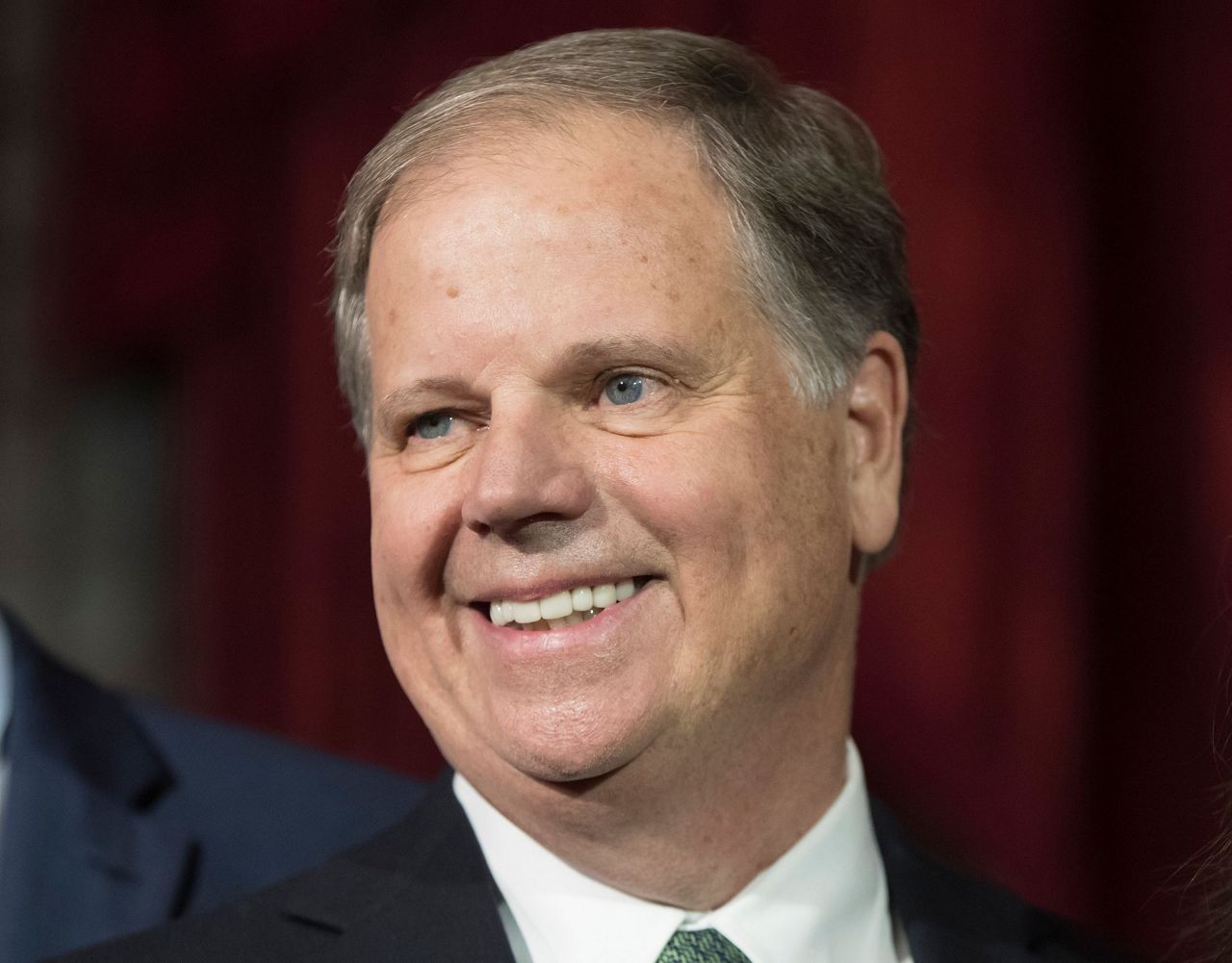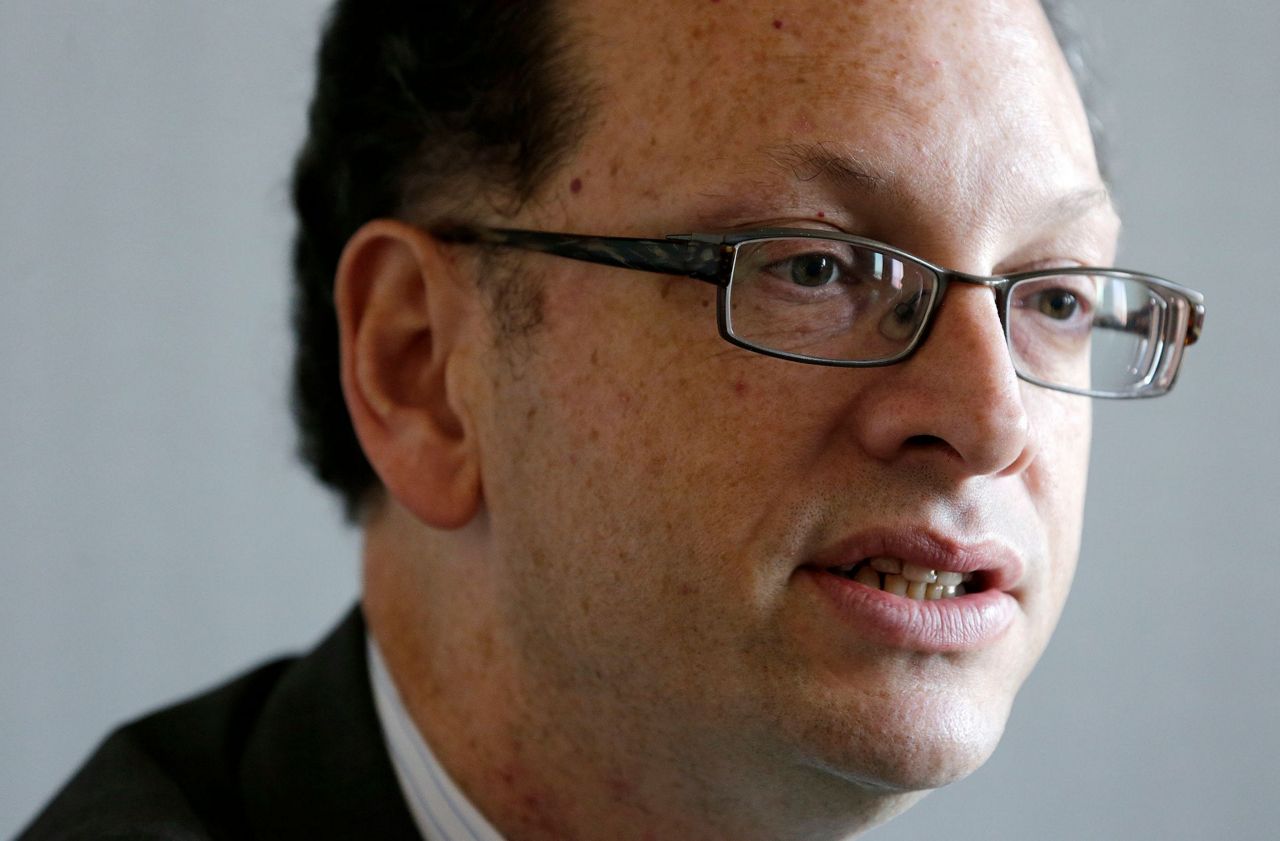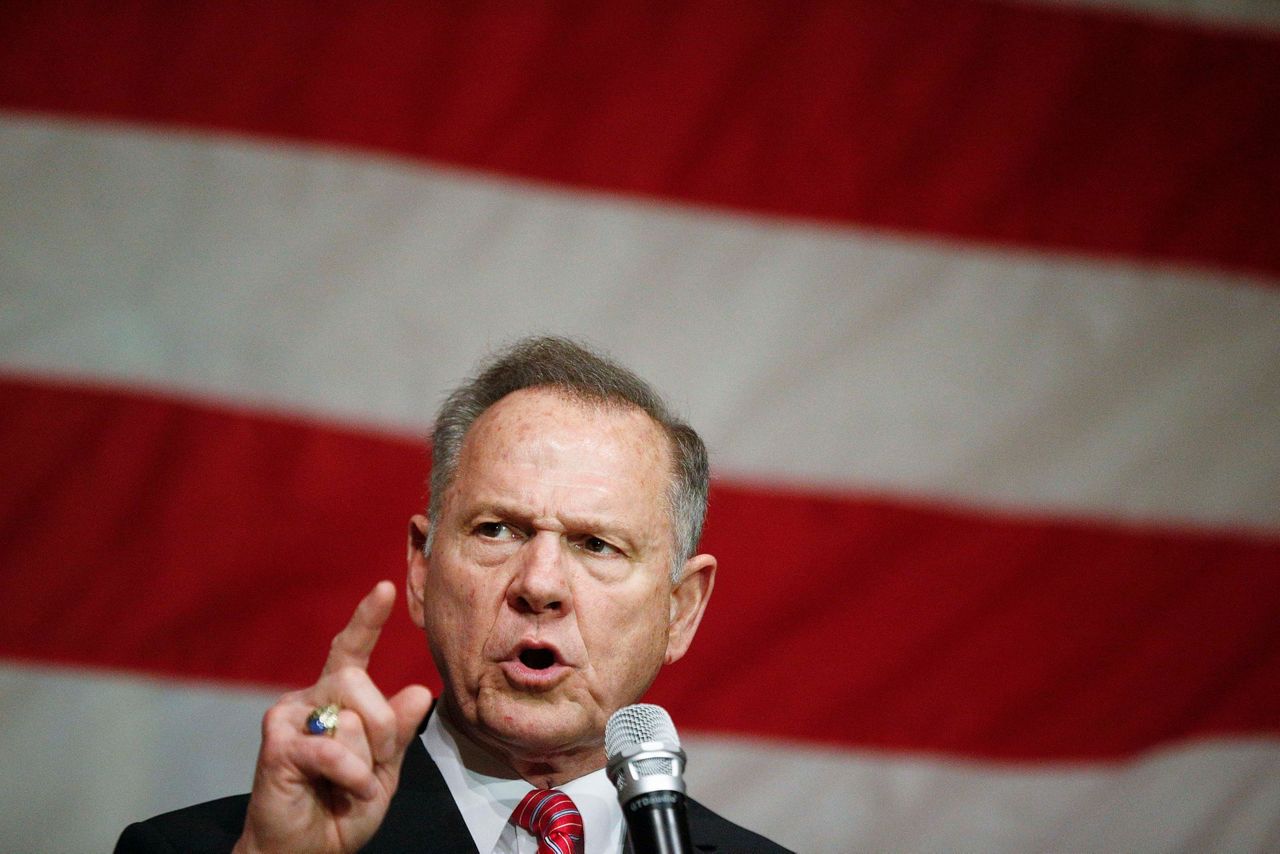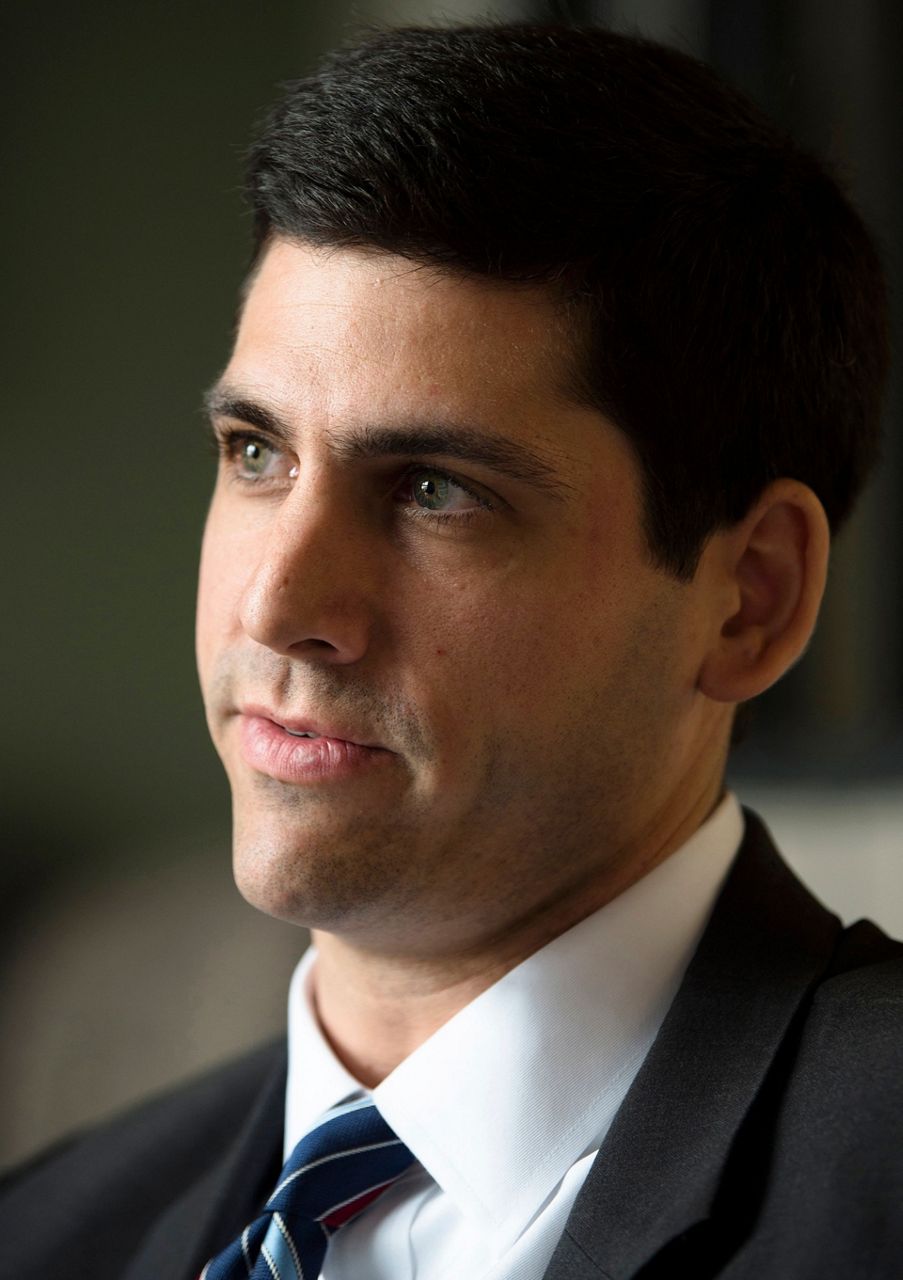MONTGOMERY, Ala. (AP) — The election of Doug Jones to the U.S. Senate last year has given hope to Democrats in deep-red Alabama, a state where they haven't had hope in a long time. But the party's candidates have been largely on their own in trying to get their message out.
Enfeebled by years of Republican dominance and plagued recently by infighting and debt, the Alabama Democratic Party doesn't have the means to offer much help to what some members see as their best slate of candidates in years.
___
Editors: After decades of losing ground across most of the South, Democrats are finding unexpected energy in the region during the 2018 midterm elections. Even in states traditionally seen as deeply red, the party is finding hope for a resurgence - in local and state races as well as on a national stage. In this four-part series Southern Inroads, The Associated Press looks at a few key areas of Southern states where Democrats are focusing energy as Election Day approaches.
___
From the port city of Mobile to the northern hub of Alabama's aerospace industry, Democratic candidates say Republicans have failed to address longstanding problems in education and health care. And at a recent gathering at a Democratic club in a leafy Birmingham suburb, residents joked that they didn't even know there were other Democrats in their largely-red neighborhood until they met campaigning for Jones.
But as grassroots energy bubbles, the party, which just recently increased to two paid staffers, has little manpower to devote to advertising and phone banks and has been dormant for months at a time on social media.
"It's just a very frustrating situation for Democrats," said Peck Fox, a political veteran whom Jones unsuccessfully tried to install as party leader.
Jones in his 2017 race said his campaign had to build its own databases to identify and target potential Democratic voters. Political parties can also sometime lead — or at least augment — the campaign assault on an opponent's record, letting candidates focus their advertising money on more positive messaging. But Alabama candidates this year have gotten little assistance.
The Old Confederacy was once the Solid South for the Democratic Party. But Alabama and other Southern states shifted to Republican control as white Southerners increasingly flocked to the GOP in a trend largely set in motion by the civil rights movement more than 50 years ago.
The GOP holds 98 of 140 seats in the Alabama Legislature and six of the state's seven U.S. House seats. President Donald Trump won the state with 62 percent of the vote in 2016. (Alabama voters do not register by party.)
Republicans had a lock on all Alabama statewide offices until Jones' narrow win last year over Republican Roy Moore, who was already deemed too extreme for many moderate voters before he was accused of sexual misconduct with underage girls. Jones became the first Alabama Democrat elected to the Senate in 25 years.
The Alabama Democratic Party took in a little more than $500,000 in its federal account over the past two years, compared with the state GOP's $1.7 million.
During an August party meeting in an old Montgomery theater near the site of Rosa Parks' arrest in 1955, Jones called for an overhaul in direction. He said his 2017 campaign had "no real help or support at all" from the state party.
Alabama Democratic Party chairwoman Nancy Worley, who narrowly defeated the challenge, bristled at the criticism. She said the party's doing everything it can with limited resources.
"When you are not in the majority, which we have not been since 2010, everyone likes to point the finger at someone other than themselves," Worley said. "I mean, I take my share of the responsibility, but every Democrat out there has to take his or her share."
The state organization has faced tension from within about the amount of clout wielded by the party's old-line powerbrokers and complaints that Hispanics and Asians aren't adequately represented in leadership.
Worley said the party has printed campaign cards for all 2018 candidates and will make signs and other written materials targeting voter groups. That's more than the party could do four years ago, when it was $500,000 in debt — which it's still paying down.
Others say the organization could do more, including banging the drum on Democratic issues and leading attacks on the opposition. The state party went six months this year without posting anything on social media.
Democrats are fielding candidates in most Alabama races this year, with a handful of mostly young candidates considered among their strongest contenders. Tuscaloosa Mayor Walt Maddox is the Democrats' nominee for governor. Joseph Siegelman, son of the state's last Democratic governor, is running for attorney general. Bob Vance, who nearly defeated Moore in the 2012 chief-justice race, is running again. Former Miss America Mallory Hagan is running for Congress.
In brick train shed turned event venue in Opelika — a mill town adjacent to Auburn University— folks cheered for Hagan. The 29-year-old city native is challenging a longtime GOP incumbent.
"When rural hospitals are closing and infant mortality is the worst in the nation, we need a representative who is focused on our issues and not lighting money on fire and sending it to space. The space force is not going to keep our hospitals open," Hagan said, referencing GOP support for Trump's space force.
All the Democratic candidates face an uphill battle. Statewide, Democrats often get no more than 40-something percent of the vote.
Some Democratic observers are accordingly modest in their expectations.
Anti-Trump sentiment has energized Democrats nationwide, but it may not make much of a difference here, given the president's popularity. Democratic candidates must be careful about Trump attacks.
"Democratic voters feel their values are under assault almost daily because of Trump. Your average anti-Trump voter, even in Alabama, is more energized than your average pro-Trump voter," said Zac McCrary, a pollster and former communications director for the Alabama Democratic Party. "Of course, there are more pro-Trump voters, so maybe it only impacts around the margins."
Marsha Folsom, a former state party director and former Alabama first lady, said she sees a "blue trickle" rather than a blue wave. "There is something happening in the South. There is a message going on that it's now OK to be a Democrat," she said.
Natalie Davis, a political scientist and pollster who ran for office as a Democrat in 1996, said she, too, sees a spark, with strong candidates.
"That's not to say that they'll win," she said. "I'm not convinced that this is the year, but it is possible that Democrats can do some comeback work."
Maddox, in a campaign bus emblazoned "Walt" and "#believe," plowed through a crowded schedule on a recent day in Montgomery. He stopped at Davis Cafe, a checkerboard-floored soul-food restaurant near the Capitol. Plates of fried chicken, tomatoes, cornbread and collards draw a diverse crowd — the restaurant's demographic mixture is similar to what Democratic candidates must attract to stand a chance.
Seeking to become the first Democrat elected Alabama governor in 20 years, Maddox is calling for the creation of a state lottery and an expansion of Medicaid, and has decried Alabama's low rankings education and other indicators.
"Are we building an Alabama where our children are going to want to raise their children?" he said. "When you are 47th, 48th, 49th in everything that matters, that is not a future that is going to sustain Alabama."
____
Find the full AP series at https://apnews.com/SouthernInroads
Copyright 2018 The Associated Press. All rights reserved. This material may not be published, broadcast, rewritten or redistributed.



